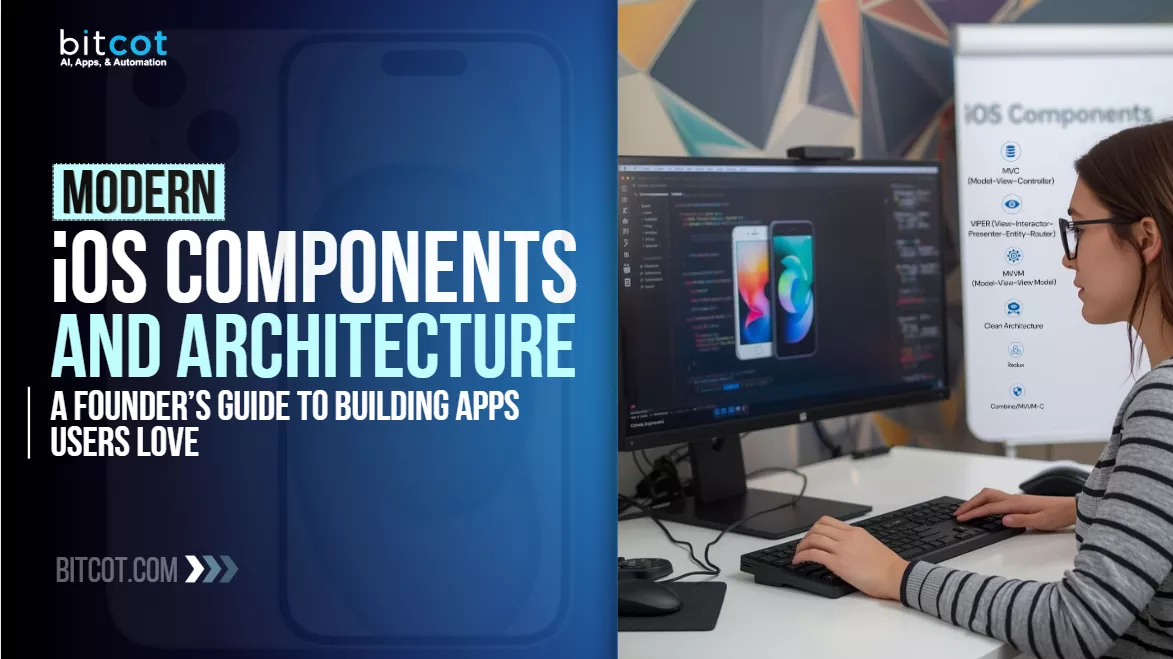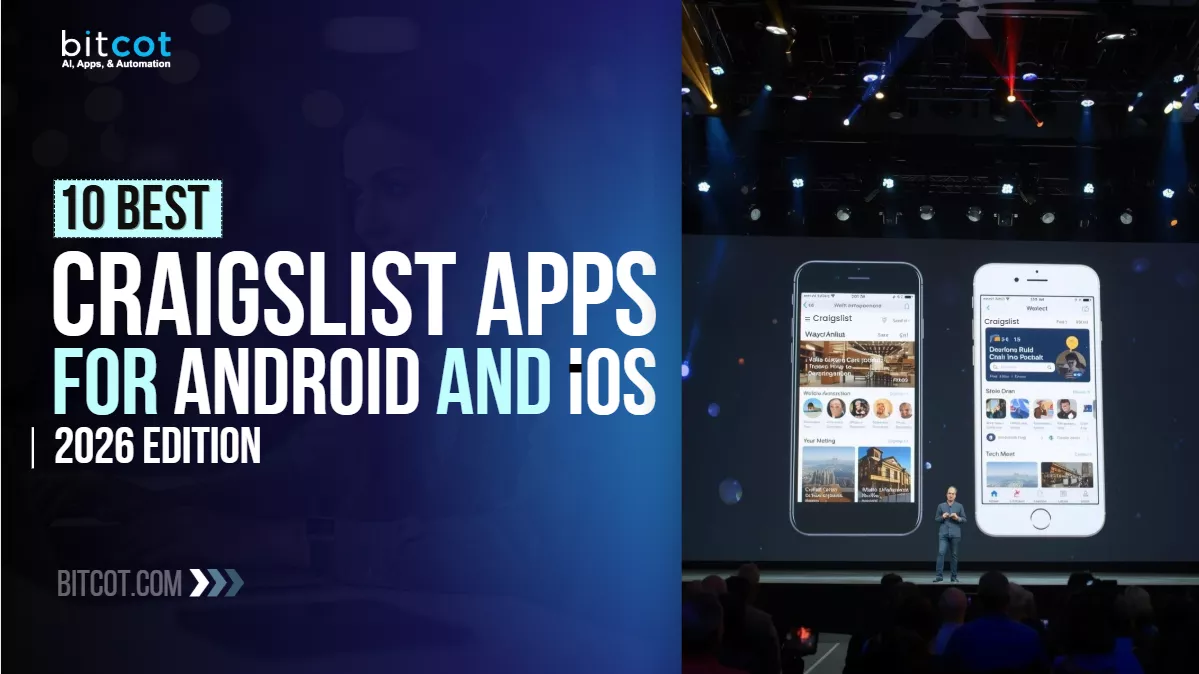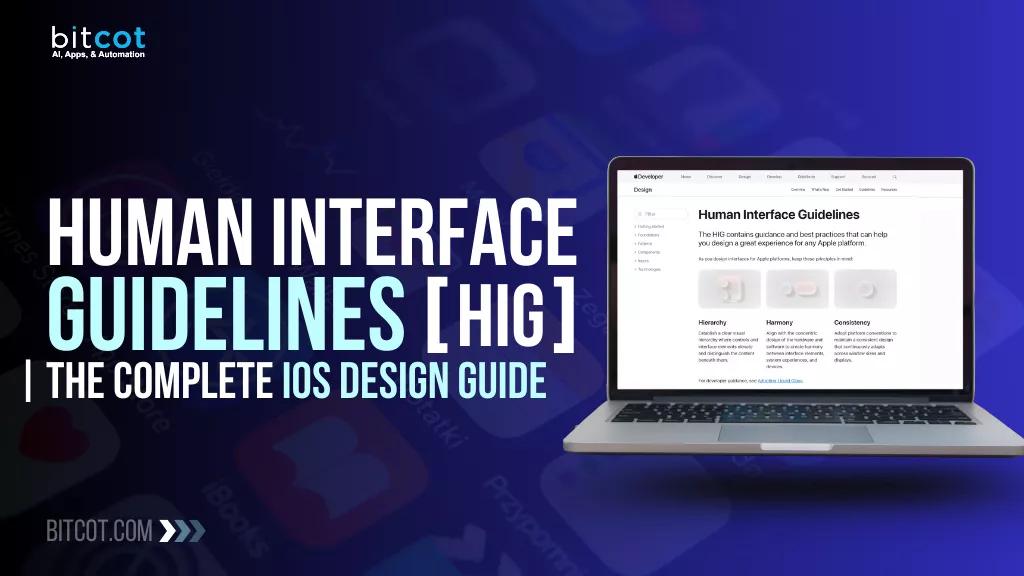
Accurate and efficient patient data management is critical across all medical fields, yet manual data entry methods continue to present significant challenges.
The process of filling out patient forms by hand is not only time-consuming but also prone to errors, which can compromise the quality of care provided. These inefficiencies are particularly prominent in optometry, where precise information is essential for accurate diagnoses and effective treatment plans.
Optometrists frequently encounter issues with manual data entry during eye checkups. The reliance on paper forms leads to delays, potential inaccuracies, and a higher administrative burden, diverting attention from patient care. Given the importance of maintaining accurate records in the medical and optometry fields, it is necessary to find a more efficient solution.
We developed standardized forms and the Eye Camp Android Scan App, which scans forms and automatically inputs data into the database.
Designed to streamline the data entry process, this app enhances the accuracy of patient information while significantly improving the efficiency of eye checkups. By automating data capture and input, optometrists can devote more time to patient interaction and care, ensuring a higher standard of service.
In this blog, we will delve into the use case of this innovative app, showcasing its impact on the optometry field and the substantial benefits it offers to both practitioners and patients.
Breaking Down Our Solution
Our solution is two-fold: standardized forms and the Eye Camp Android App. By redesigning paper forms, we prioritized the uniform collection of patient data and optimized it for ease of use.

The Eye Checkup Scanner App leverages advanced Optical Character Recognition (OCR) technology to revolutionize how optometrists handle patient forms. The main features and technologies include:
1. OCR Technology: The app scans and digitizes patient forms quickly and accurately, converting handwritten or printed information into digital data. This eliminates the need for manual data entry, reducing errors associated with transcription.

2. Automatic Data Upload: Once digitized, the data is automatically uploaded to a central database. This ensures that patient records are instantly accessible, up-to-date, and securely stored, streamlining the workflow and enhancing data management.

3. Visualization of Data in a Dashboard: A dashboard provides a comprehensive overview of essential patient information that tracks patient trends and guides decision-making.

These features result in the following benefits:
- Increased Efficiency: The app allows optometrists to save valuable time by automating data entry. This increased efficiency means more patients can be seen and treated within the same time frame, enhancing overall productivity.
- Improved Accuracy: The use of OCR technology minimizes the risk of human error in data entry. Accurate data is crucial for making precise diagnoses and crafting effective treatment plans, thereby improving the quality of care.
- Enhanced Data Management: Centralized digital records facilitate better data management. Optometrists can easily search, retrieve, and update patient information, ensuring comprehensive and consistent patient care.
Incorporating the Eye Checkup Scanner App into optometry practices transforms the way patient data is handled, leading to improved accuracy, increased efficiency, and enhanced data management. This innovative solution not only addresses the current inefficiencies but also sets a new standard for patient care in the field of optometry.
Overview of the App’s Architecture
The Eye Camp Scanner app leverages a variety of AWS technologies to provide a robust, scalable, and secure solution for importing and processing data from standardized forms. Below is an overview of the key technologies used, categorized by their functions:
Storage and Hosting
- S3 Bucket: Used for storing images uploaded by clients, hosting frontend media content, and storing CloudFormation stacks.
- ECR (Elastic Container Registry): Stores Docker images and integrates with ECS for easier deployment.
Content Delivery
- CloudFront: Speeds up distribution of media content (HTML, CSS, JS, images) by caching and reducing latency.
Compute and Orchestration
- ECS Cluster: Fully managed container orchestration service for deploying, managing, and scaling containerized applications using Docker images from ECR.
- EC2 Instances: Used in ECS to run Docker containers with auto-scaling and as a bastion host for secure database connections.
- Lambda: Serverless computing service integrated with S3 and Textract for processing images and extracting text.
Security and Management
- Session Manager: Establishes secure connections to EC2 instances without using SSH keys or public IP addresses.
- Secrets Manager: Stores database credentials and application secrets securely.
- Security Groups: Act as virtual firewalls, controlling inbound and outbound traffic for RDS, bastion host, ECS container instances, and load balancer.
- NAT Gateway: Allows instances in private subnets to connect to services outside the VPC while maintaining security.
Database
- RDS (Relational Database Service): Stores text extracted from images and other application data in separate schemas.
Networking and Load Balancing
- Application Load Balancer: Distributes incoming requests to ECS services (containers).
- Route53: DNS service that routes traffic to the front end (CloudFront) and back end (load balancer).
Auto-scaling and Monitoring
- Auto-Scaling Groups: Maintain a fixed number of healthy container instances.
- CloudWatch Metrics: Collects and stores metrics and logs from AWS services, monitoring instance health and execution logs.
CI/CD Pipeline
- CodePipeline: Automates build, test, and deploy phases of the release process triggered by code changes.
- CodeBuild: Compiles source code and produces deployment-ready artifacts stored in ECR.
- CodeDeploy: Creates blue/green deployments, ensuring smooth transitions between application versions.
Notifications and Alerts
- SNS (Simple Notification Service): Sends budget alarms, CloudWatch metrics, and pipeline stage notifications to configure email addresses and Slack channels.
Infrastructure as Code
- CloudFormation: Manages the infrastructure setup, storing source code in S3 and triggering CodePipeline on changes.
The Eye Camp Scanner app’s architecture showcases the effective use of AWS technologies to create a scalable, efficient, and secure solution for data processing. The app ensures rapid development, deployment, and reliable operation by integrating storage, computing, security, and CI/CD tools.
 How Bitcot Reimagines Workflows to Digitally Transform Processes
How Bitcot Reimagines Workflows to Digitally Transform Processes
The Eye Checkup Scanner App exemplifies how integrating advanced technologies like Optical Character Recognition (OCR) can transform traditional workflows. By digitizing patient forms and automating data entry, the app significantly enhances data accuracy and organization. This allows optometrists to focus more on patient care, improving overall efficiency and patient satisfaction.
Our client’s implementation of the Eye Checkup Scanner App demonstrates the tangible benefits of such innovations. The app’s ability to accurately scan and upload data to a central database ensures that patient information is always up-to-date and easily accessible. This streamlined process not only reduces administrative burden but also enhances the quality of patient interactions.
For both practitioners and patients, these improvements mean quicker, more efficient checkups and better-maintained records. This transformation underscores the broader impact of digital solutions in healthcare, driving better outcomes and more efficient practices. By leveraging technology, optometry practices can achieve higher accuracy, improved workflows, and ultimately, enhanced patient care.
Technology for Good: Enhancing Vision Care Through Data
As a non-medical volunteer in an eye care program, our client’s focus has been on screening school children, staff, and nearby residents in areas where poor vision has become an epidemic, largely due to the excessive use of cell phones. This issue is especially prevalent in developing countries where access to proper vision care is limited.
Alongside dedicated medical professionals who offer free services across various fields – ranging from surgeries to eye screenings, glasses, training, and donations of medicine, medical equipment, and wheelchairs – our client realized that while their efforts were impactful, they lacked the data and feedback necessary to refine and improve their services.
Without feedback, they would remain in the dark about the effectiveness of their interventions. Do the glasses they distribute improve lives? Are their vision screenings accurate? How are those they have helped faring after their services? These are questions that needed answers if they were to continue making a meaningful difference.
Leveraging Data for Better Outcomes
To address this gap, the Bitcot team helped our client collect and analyze data from the communities they serve. Here’s how they intend to use this information:
Vision Issue Prevalence
By analyzing the data, they are able to determine what percentage of the population has vision problems.
This breakdown is done by age group, identifying how many individuals require corrective lenses with specific prescriptions, how many have mixed vision issues (e.g., both near and farsightedness), or how many need further medical attention, such as cataract surgery or treatment for dry, itchy, or burning eyes.
Accuracy of Vision Machines
They assess the precision of our vision screening equipment. By comparing the recommended prescriptions from our machines with the actual glasses provided, they ensure that their tools are reliable and make adjustments if necessary.
Inventory Management
Detailed data on the distribution of glasses – categorized by prescription strength – allows them to better manage their inventory. They know which prescriptions are in high demand and ensure they never run out of the most needed lenses.
At the end of each day, they can track how many glasses were given out for each specific prescription (e.g., +1, -1.5) and plan restocking accordingly.
Health Comparisons
By collecting information across different regions, they compare the prevalence of vision issues and related health concerns, such as low hemoglobin levels in girls, across geographical areas. This helps them understand why certain groups are more affected than others and tailor their services accordingly.
Surgery Planning
Knowing how many people need cataract surgery allows them to plan these procedures in the future, ensuring that they provide timely help to those in need.
Feedback and Communication
Perhaps most importantly, they follow up with the schools and local organizers to gather feedback on the kids’ progress after receiving their services. With the school names, grades, and student names on record, this communication, conducted via email, is crucial in helping them improve the quality of their care.
Positive Early Results
To ensure the data collection process works smoothly, our client recently scanned 50 forms using WiFi and offline methods with version 2.022 of our software. The results were encouraging – every form was transferred perfectly, confirming that our approach is on the right track.
By incorporating data-driven insights, they are not just improving their immediate services but also laying the groundwork for more sustainable and effective vision care in the communities they serve.
The Impact on the Community
Entrusted by our visionary client as reliable tech partners for their eye care initiative, we leverage technology to transform their goals into reality.
- Helping Kids See and Learn: By making sure school kids get the right glasses, we’re helping them do better in school. When they can see clearly, they can learn better and are more likely to stay in school and take advantage of more opportunities in the future.
- Better Health for Everyone: Our client’s work goes beyond just handing out glasses. They’re also providing care for more serious issues like cataracts. Catching and treating these problems early means people can avoid complications and stay healthy and active.
- Smart Use of Resources: With the data we’re gathering, the project can make sure everything goes where it’s needed most. By keeping track of inventory and understanding what different areas need, we help our client avoid running out of essential items and make sure nothing goes to waste.
- Building Trust in the Community: The project isn’t just about a one-time service. By checking in with schools and local organizers, we’re showing that our client really cares about the long-term well-being of the community. This ongoing connection encourages people to stay involved and trust the services being offered.
By creating the tools and systems that support data-driven decisions, we’re helping our client make a bigger impact, ensuring that as many people as possible benefit and that these positive changes last over time.
Final Thoughts
In wrapping up our article on the EyeCamp Document Scanner, it’s clear that this tool has significantly advanced the efficiency and accuracy of eye care services. This initiative, dedicated to providing comprehensive vision care in underserved communities, has encountered numerous challenges related to document management and data accuracy.
The introduction of the EyeCamp Document Scanner has addressed these issues head-on, demonstrating its critical role in improving overall service delivery.
Take a look at what the client has to say!
My sincere thank you all for your extraordinary effort in Creating this amazing application. Your patience, professionalism, fast response and open to our feedback has been very impressive! Thanks a million to Bitcot.
At Bitcot, we are dedicated to developing innovative solutions that empower businesses to thrive in a digital world. Our expertise in mobile app development and our focus on integrating cutting-edge technologies enable us to deliver products that drive real value.
Schedule a consultation with us today to discover how we can help transform your processes and elevate your business to new heights.












